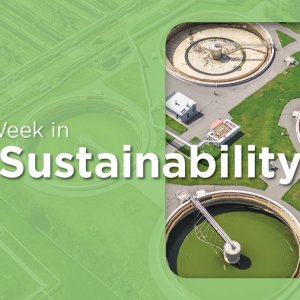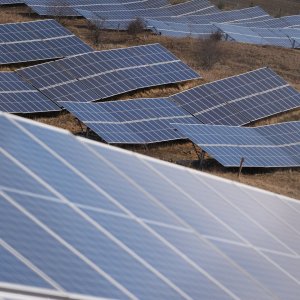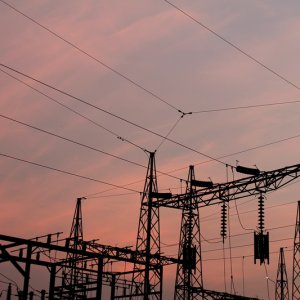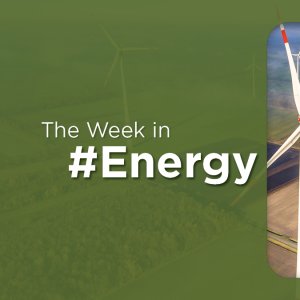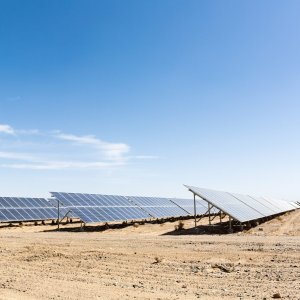
Mexico’s Promises: Double Renewable Capacity, Fewer Emissions
 By Perla Velasco | Journalist & Industry Analyst -
Wed, 11/16/2022 - 08:14
By Perla Velasco | Journalist & Industry Analyst -
Wed, 11/16/2022 - 08:14
Marcelo Ebrard, Mexico’s Foreign Minister, pledged a reduction in gas emissions of 35 percent by 2030 at COP27. This is the first time Mexico has raised its reduction since 2016. According to Ebrard, to achieve this goal Mexico has to double its renewable energy capacity, developing a further 30GW, over the next eight years.
Mexico will invest US$48 billion with the support of the US, Ebrard said while seated next to John Kerry, the US Special Presidential Envoy for Climate. However, no amount for the monetary support from the US was specified. Mexico furthermore must add 2 million hectares to its Protected Natural Reserves program and needs to plant 1.5 million trees. Moreover, the country must boost electromobility to reduce 52 tons of carbon dioxide emissions.
Last month, Ebrard presented Mexico’s Sonora Plan to John Kerry in Puerto Peñasco, an ambitious project for the construction of new renewable energy generation plants that will increase Mexico’s current clean power capacity by 5GW, for a total capacity of 40GW.
Ebrard also discussed the importance of foreign investment to achieve these goals. Nevertheless, according to the finance firm Morgan Stanley, some opportunities for Mexico may be hampered by the country’s adverse investment environment. The government has been said to favor state companies and rely on fossil fuels while it refrains from investing in transmission and distribution lines to strengthen the productive capacity of the country. According to Morgan Stanley, Mexico has canceled or postponed projects that are equivalent to 2.5 percent of GDP. As previously reported by MBN, the firm highlighted that the 2024 Mexican elections will be key to meet the levels of Foreign Direct Investment (FDI) the country expects, since public policies play a critical role in attracting funding. “The direction of public policies should be oriented to provide security for investments, strengthen the rule of law, provide reliability to infrastructure and support the skills of human capital,” reads a report by Morgan Stanley.
Among other US-Mexico efforts, Ebrard announced that Mexico would reduce flaring and increase its cut in emissions from 22 percent to 33 percent by 2030. PEMEX announced this week a cooperation agreement with the Environmental Protection Agency (EPA), which will provide the NOC with diagnoses and economic analyses to support decision-making for oil and gas operations to reduce greenhouse gas emissions, specifically methane. Nevertheless, PEMEX’s efforts to reduce emissions have slowed down over the past few years, which has raised concerns over the company’s environmental practices.
Last week, CRE presented a proposal to the National Commission for Regulatory Improvement (CONAMER) to modify regulations for solar panel users with systems above 25KW, or 0.025MW. These modifications aim to eliminate net metering, which made solar a more profitable venture in the past and may undermine the viability to invest in solar energy now. Despite Mexico’s plans presented at COP27 to increase renewable energy, its efforts rely on government programs such as CFE’s renewable energy projects and the photovoltaic solar plant in Puerto Peñasco. Mexico has been criticized for undermining the development of clean energy and for its alleged monopolistic practices favoring state-owned companies despite its economic and environmental goals.
